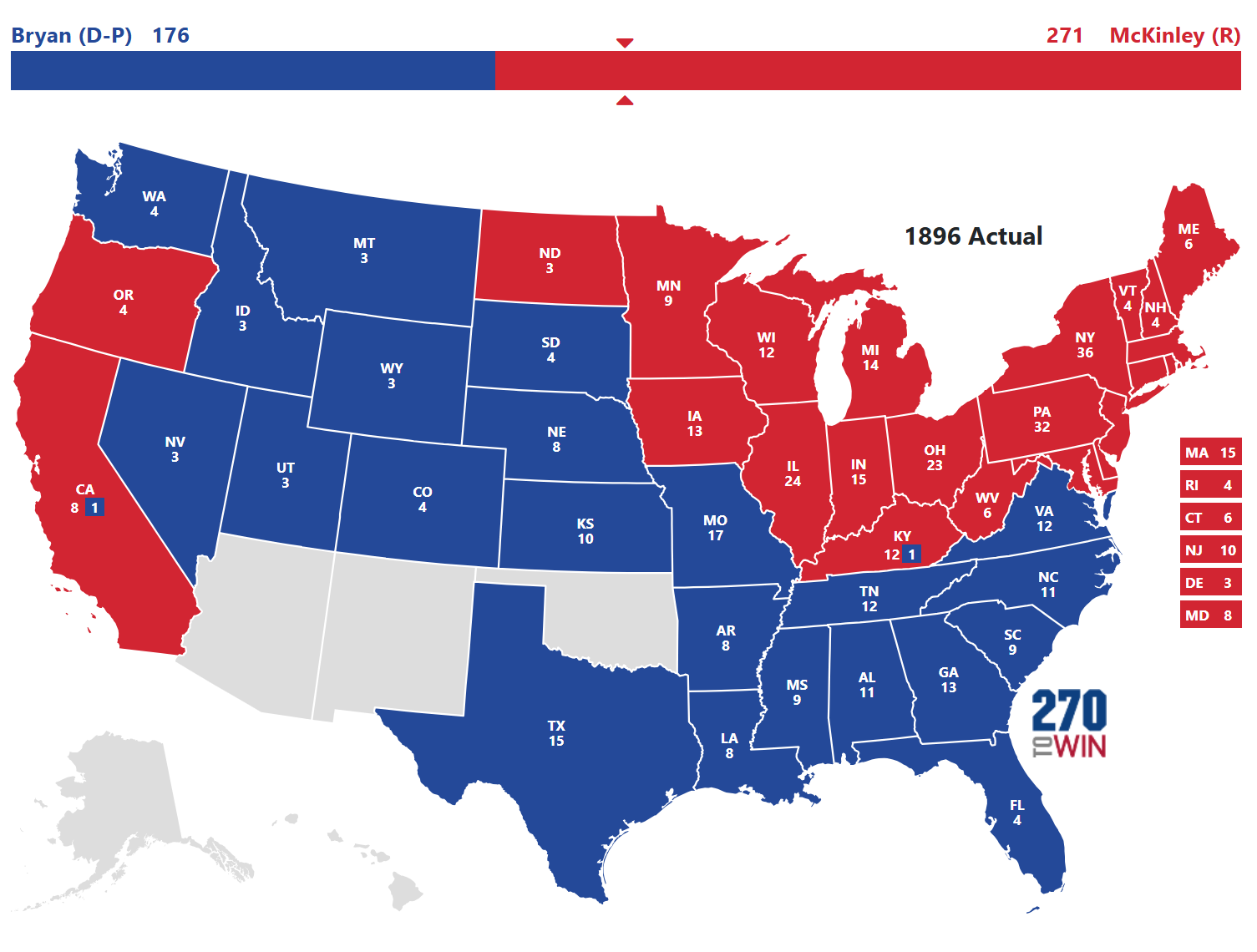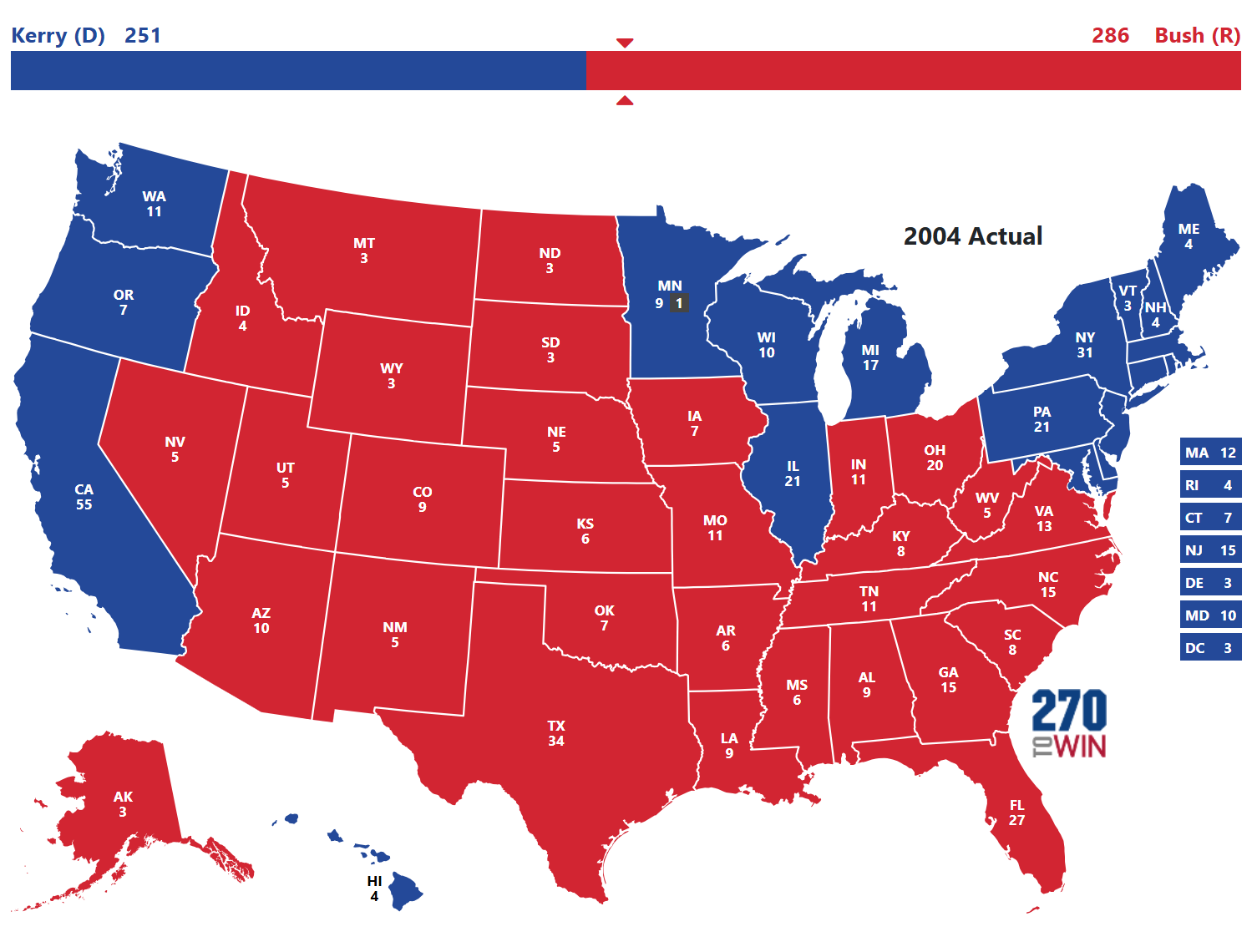In Defying the Odds, we discuss the role of political parties in the United States. The update -- just published --includes a chapter on the 2018 midterms.
Party Systems
Party Systems
The First Party System, 1789–1828
Federalists favor a strong central government and a national bank.
Jeffersonian Democratic-Republicans oppose these positions in favor of keeping power at the state level.
The Second Party System, 1829–56
The Federalist party falls apart. After "the Era of Good Feelings," when the Democratic-Republicans were the only major party, they become the Democratic Party. In the 1830s, the Whig Party emerges. It supports public works but is otherwise vague on issues
The new Democratic Party brings two key innovations:
The Third Party System, 1857–92
- First, it builds state and local organizations to mobilize voters behind the party's candidates.
- Second, takesan organizational form apart from elected leaders. Under Jackson and Van Buren, Democrats develop the spoils system, whereby party supporters were rewarded with benefits such as government jobs.
Slavery splits the second party system. The Whigs break up. "Cotton Whigs" shift to the Democrats. "Conscience Whigs" join with antislavery Democrats to form the new Republican Party. The Democratic Party becomes the party of the South and the party defending slavery.
The Fourth Party System, 1893–1932
Democrats and Republicans remain as the two major parties. In the years after the Civil War, they diverge onn concerns such as the withdrawal of the Union Army from the southern states. In the late 19th and early 20th centuries, they grapple with the growth of cities and a surge of immigrants from Southern and Eastern Europe.
The Fifth Party System, 1933–68
The Depression leads to thee New Deal Coalition, with Democrats drawing support from African Americans, Catholics, Jewish people, union members, and white southerners. Democrats generally favored a large, active federal government. Republicans argue that many of these programs should be provided by state and local governments or the nonpublic sector. There are still many conservative Democrats and moderate-to-liberal Republicans.The Alignment of the States
The Sixth Party System, 1969-Present
White Southerners shift to the GOP, first in presidential election, then in elections for lower office. Nationwide, the parties "sort out," with liberals going to the Democrats and conservatives to the GOP.


Party in the Electorate (PIE)
Party in Government (PIG)
Party Organization (PO)